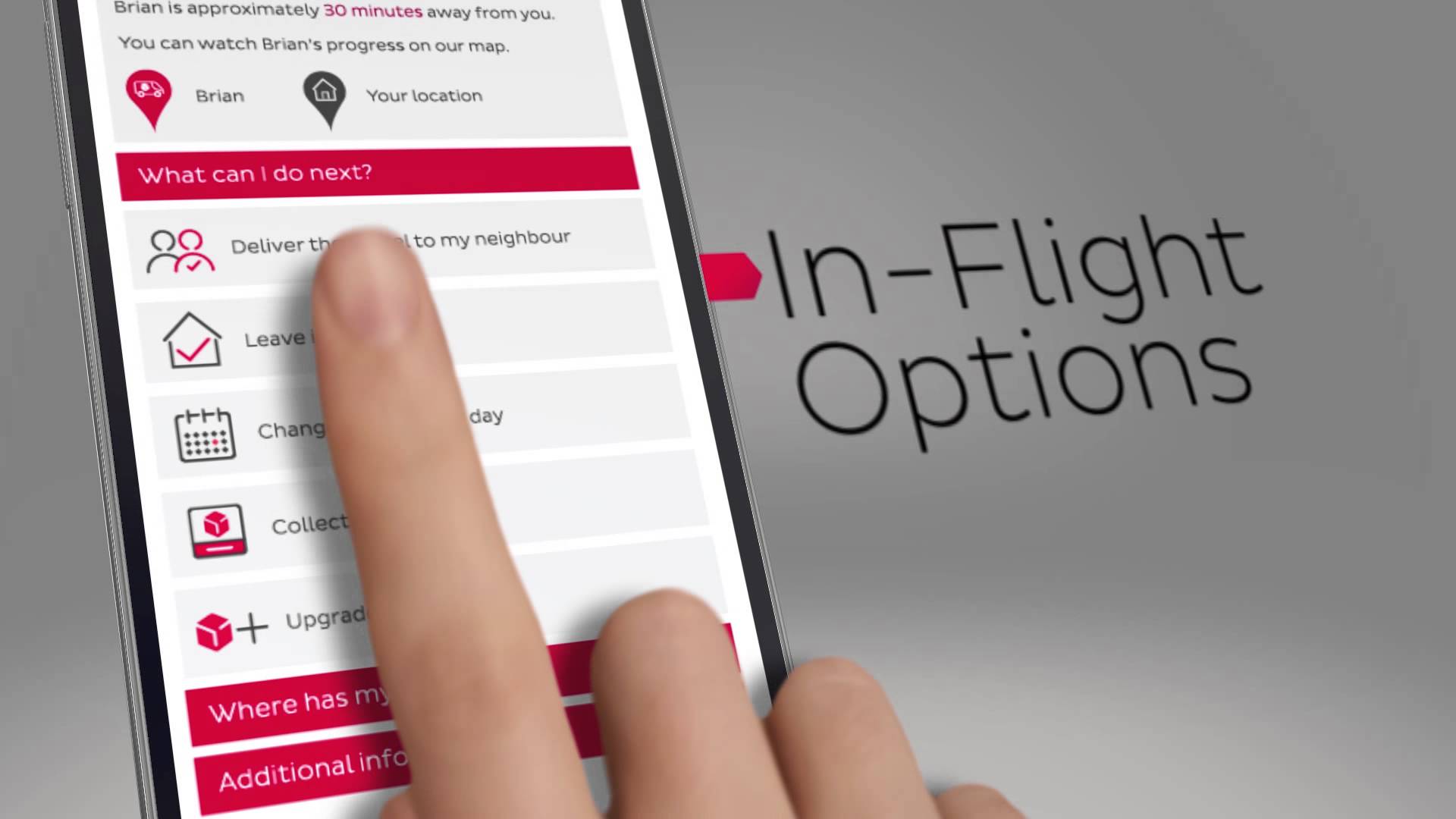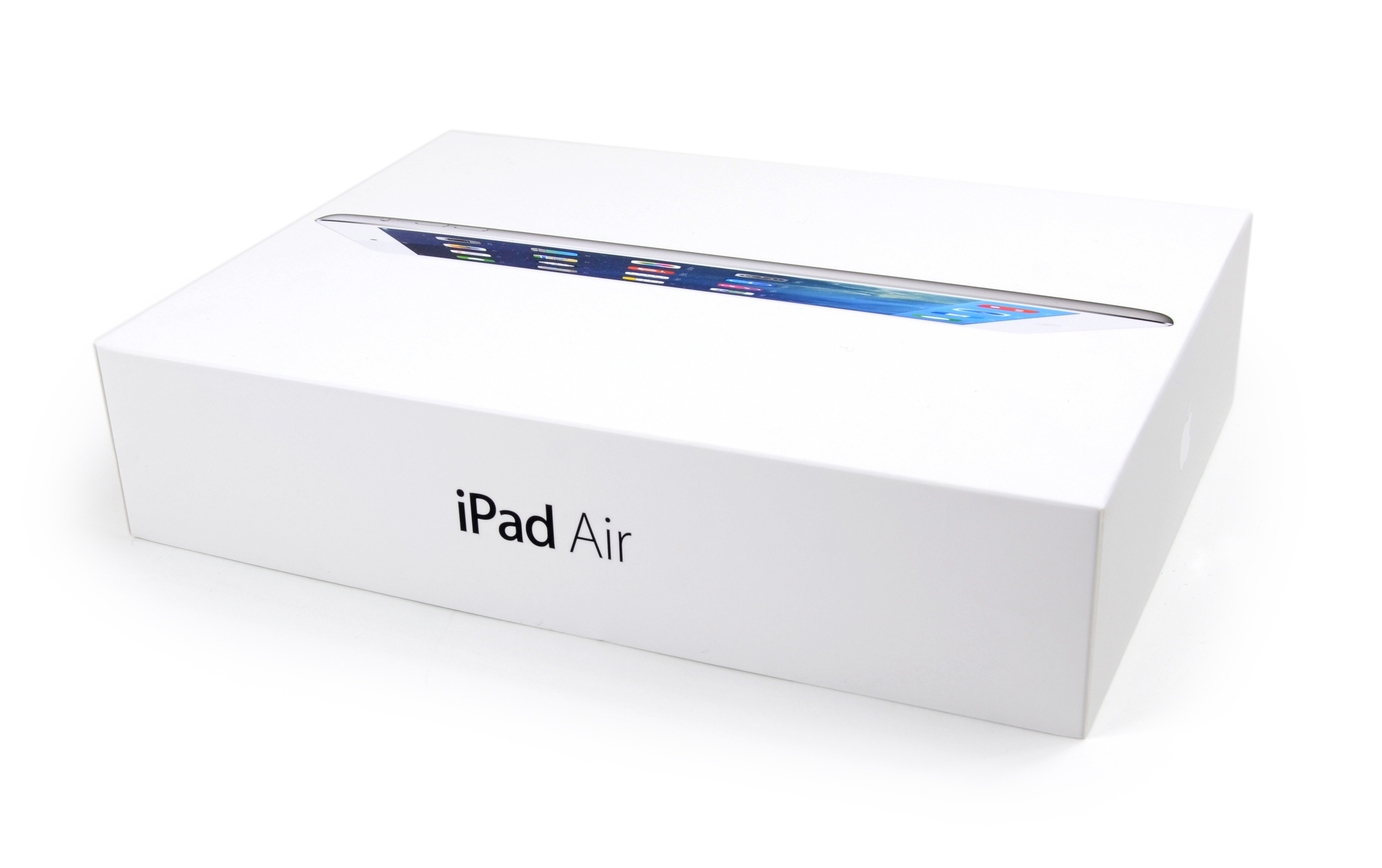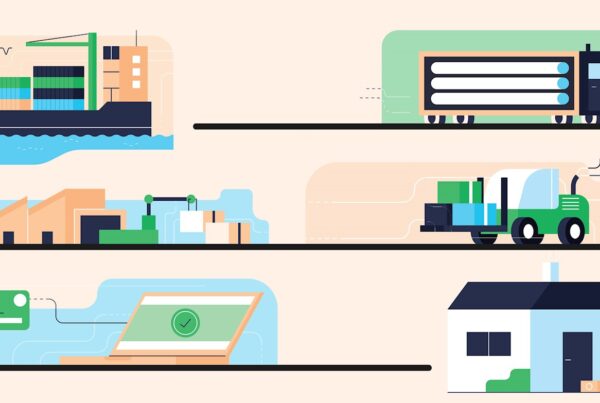In my last blog for Gravity I wrote about How to Stand Out in a Tender, citing some examples where technology can play its part in achieving this aim.
I would now like to expand on this by focusing on the customer experience and how logistics companies can gain a competitive advantage by differentiating themselves when engaging with customers.
Innovating The Customer Experience
Logistics is a tough industry in which to develop a customer experience. Let’s face it; there is nothing particularly sexy about moving freight from A to B. Indeed, many customers aren’t interested in engaging with their providers when things are running smoothly. You often only hear from them when things go wrong, and by then you are managing their expectations rather than enhancing their experience.
However, any logistics company worth its salt should be relentlessly focused on how their customers engage with them and the ease with which they can do business together. This means continually striving to do more than the customer expects; or to put it another way, over delivering against their expectations.
Let me give you a quick example of over delivering that nearly all of us can relate. Do you remember when you bought your first Apple product?
Remember that beautifully designed white packaging it came in? We consumers didn’t expect this innovative way of presenting the product, but we relished the experience, and it added to the excitement and anticipation of receiving Apple products when we bought them.
That was Apple over delivering to its customers, in its typically revolutionary style. They brought sexy packaging to the masses, and now many other companies are following their lead.
image source: www.ifixit.com
So what are examples of over delivering on the customer experience, in the logistics industry?
Although I’m a firm believer that the logistics sector lags behind other industries such as the more fashionable world of consumer electronics, three good examples come to mind:
Example 1: The Tailored Home Delivery Experience
This example is probably familiar to all of us who shop online. When my order gets assigned for delivery, I get a text message saying “Hi Daniel, we are going to deliver to you today between 14:38 and 15:38. Not going to be in?” which is followed by a hyperlink taking me to a website that enables me to issue my preferred instructions. I can choose to have my package delivered to a named neighbour, left in a safe place, or re-delivered on another day when I know someone is at home to receive it.
 In the busy world, we live in today, that simple exchange on a mobile device takes a considerable amount of hassle out of buying online. The days of sending packages to the office are numbered indeed!
In the busy world, we live in today, that simple exchange on a mobile device takes a considerable amount of hassle out of buying online. The days of sending packages to the office are numbered indeed!
The company that offers this is DPD , who have taken the customer experience in the B2C sector to new heights. It’s a great example of over-delivering in the logistics space.
Example 2: Taking the Complexity Out of Logistics in China
When it comes to the customer experience in China, there is no better example than Asia specialist, Kerry Logistics. Ask Kerry Logistics to help you develop your business in China, and you’ll get a chapter and verse response on how to move product in, around, out, and back into this vast and rapidly developing country. Graphical representations of how product physically moves in differing mode and transit scenarios are provided, together with do’s and don’ts for how to deal with the many restrictions and Customs authorities in different provinces.Furthermore, everything is tailored around the business you are in and the products that are involved. And it’s all delivered in a simple, precise format that takes the complexity out of the decision-making process when setting up or expanding logistics operations in China.
Several providers can help companies do business in China, but in my view, the way in which Kerry Logistics provides local knowledge and expertise pushes the customer experience beyond that of its peers.
Example 3: Early Warning of Potential Supply Chain Disruptions
My final example is the Risk Chain functionality provided by Hong-Kong based, logistics software provider Gravity Supply Chain Solutions, which aims to tackle supply chain disruption and its resulting negative impacts.
Gravity Supply Chain Solutions has a brilliant concept of letting the logistics providers concentrate on transactional data, while they focus on how this, and other critical data in the supply chain are brought together and used tactically to manage the entire end-to-end process.
 Supply chain disruption is an unpredictable nuisance to all businesses moving products from source to consumer and speed to market can get compromised as a result, but with Risk Chain, you get to know when issues impact the flow of goods anywhere in the supply chain immediately.
Supply chain disruption is an unpredictable nuisance to all businesses moving products from source to consumer and speed to market can get compromised as a result, but with Risk Chain, you get to know when issues impact the flow of goods anywhere in the supply chain immediately.
The software continuously scans thousands of web feeds to hone in on potential disruptions such as port congestion or closures, grounded aircraft, blank sailings, truckers’ strikes, and other, geo/political/social events, prioritizing the level of risk between aware, warning and disruption.
What’s more, the system checks whether you have orders, shipments or inventory at risk in the immediate vicinity, alerting you in a 24/7 live environment without you even having to log into the system. It also learns the level of risk you consider as a disruption, so it’s always intuitive to what matters to your business.
If you want to learn more about Risk Chain and other ways we can help you over deliver on your customers’ expectations, schedule a quick demo.
I’ve exchanged views with many retailers on the pros and cons of the various supply chain visibility products in the market, and this is a stand out feature that I’ve yet to see replicated elsewhere.
All three of these examples are different in their execution, but share the common trait in over delivering on the customer experience. I’m sure there are other examples out there right now, and I’d be interested to hear from anyone on this subject.
Conclusion
In summary, logistics providers must embrace the need to take the customer experience beyond today’s expectations, and in achieving this, the industry can create a more competitive landscape that will ultimately enable freight buyers to determine more clearly who the real world class players are; and that can only be good for the customer!





